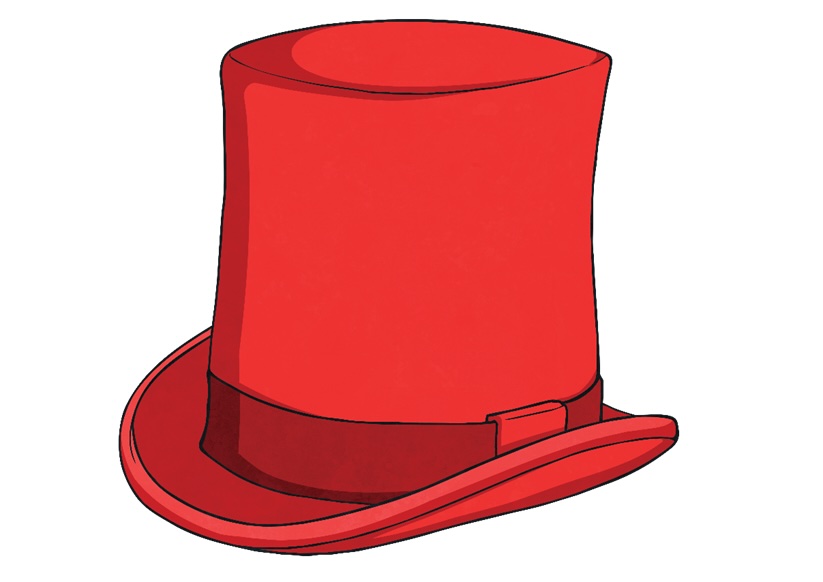Six Thinking Hats Exercise
Summary:

The Six Thinking Hats is a decision-making method designed to explore a topic from different perspectives. Each "hat" represents a distinct mode of thinking:
White Hat:
This approach focuses on facts and data, examining what is known, what information is missing, and how to obtain it.
Red Hat:
Centers on emotions, intuition, and feelings, allowing people to express their emotional responses without needing justification.
Black Hat:
This approach uses logical negative thinking to identify risks, potential problems, and challenges, focusing on caution and critical assessment.
Yellow Hat:
Emphasizes optimism, exploring the benefits, potential opportunities, and positive aspects of an idea.
Green Hat:
Represents creativity and innovation, encouraging new ideas, alternatives, and solutions to overcome obstacles.
Blue Hat:
Manages the thinking process itself, organizing and structuring the discussion, summarizing, and guiding the group through different thinking modes.
Summary From the Six Thinking Hats Discussion
After exploring my semester project by using the six thinking hats method I noticed some interesting results. Blow is the result of the exploration from each hat perspective:
White hat:
By reviewing my project from the perspective of facts and information I understood that first of all I need to gather data from my users which in this case would be local home chefs and probably people-with busy schedule who with to order healthy food from their local home chef. I should research their preferences for healthy, local food options and also analyze community demand these meals.
Red hat:
After reviewing my project from the emotions perspective I realized that I should figure out that how might users feel about my platform and what emotional appeal would this project have. whether users may feel connected to their community and appreciate having access to healthy meals from their local home chefs or not. Also, from the home chef perspective I should be careful that they might feel overwhelmed with the increased demand.
Black Hat:
From the perspective of this hat I figured that I should be cautious of the potential challenges and risks that might arise, such as legal and food safety issues, logistical challenges like food delivery or pickup. So I have to make sure that home chefs follow health regulations.
Yellow Hat:
This hat made me to think about the positive outcomes that can this project bring. Some that I think about are: supporting small businesses, helping local chefs to grow. Users have access to healthier, homemade meal options, which promotes better eating habits. Strengthens community ties by connecting people through food and shared culture.
Green Hat:
This hat helped me to think even further. It made me to think about innovating this potential platform in some ways such as: Offering a subscription model where users can sign up for weekly meal plans from local chefs. Add a feature where users can request custom meals based on dietary needs. Creating reward systems for repeat customers.
Black Hat:
The last hat helped me to create a plan for my project from defining user needs to the user testing. So first of all I will start with understanding my users and their needs. Then I continue with mapping the webpage and for each section I will set a milestone. Ultimately it lead to user testing and iterating based on the feedback I receive.
How the Six Thinking Hats Exercise Changed My Project
This exercise gave me a clearer understanding of my project and how to plan for its success. It made me realize that it's not just about creating a beautiful design, but also about considering the business and legal aspects involved. I began to think critically about both the pros and cons of the platform. By the end, I felt both confident and stressed. I was confident because of the innovative ideas that emerged from the exercise, but stressed about the milestones ahead.
